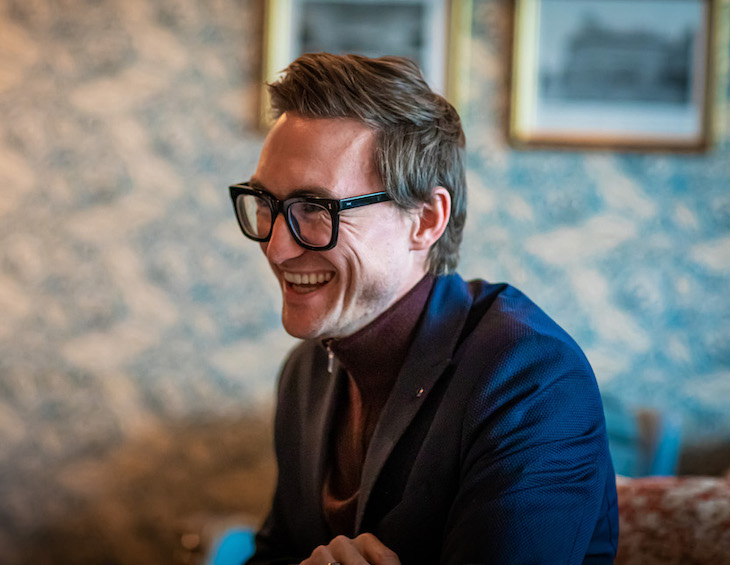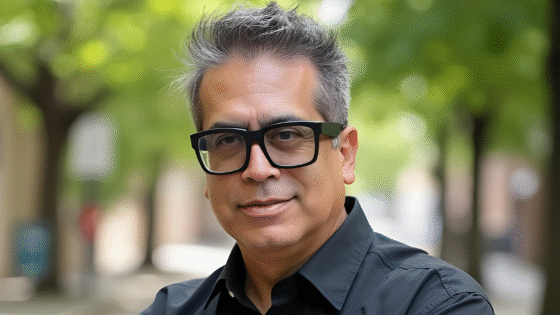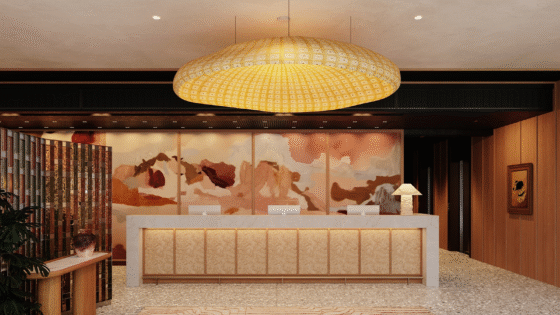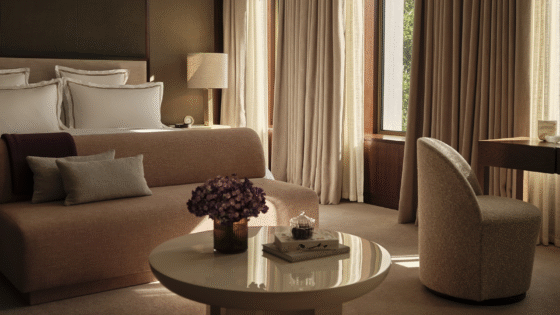Making the best out of a disruptive situation – day eight of 10 into quarantine after testing positive for Covid-19 – Editor Hamish Kilburn finds the time (and the words) to explore in his final editor’s letter of 2021 how sensory design and togetherness could help fuel hotel design and hospitality into a new yet-to-be-written chapter…

Can you feel, smell, hear, touch or taste it? Don’t worry, this isn’t a new variant symptoms check. There’s a transformation happening. It’s affecting the way we work. The way we communicate. Even my tone seems dissimilar (perhaps more honest) as I write this, uncomfortably pessimistic, in day eight of a 10-day quarantine after testing positive for Covid-19 the day I landed back from reviewing a recent cluster of hotel design projects in Spain.
Whether we like it or not, we have no choice but to embrace new ways of living and working. As frustrating as this ‘new world’ may feel at times, we cannot always alter our surroundings. What we can adjust, however, is how we react. In great depression comes new prospects. When we accept a remodelled status quo, we can move past the practical hurdles and start to see how a change in landscape creates a transformation in behaviour, which in turn can lead to new breakthroughs in design, architecture and hospitality.
If you are struggling to see it, look no further than The Brit List 2021, which was unveiled in November at a spectacular, glitter-filled awards ceremony. The publication includes 75 individual examples of people at the forefront of our industry who are utilising this situation, which is becoming to feel more long-term as the months draw on. Take Robin Hutson, the Founder of The PIG Hotels, for instance, who won Hotelier of the Year at The Brit List Awards 2021. During a time when hospitality was forced to be on hold, Hutson started A Seat At The Table campaign in order to give the industry – formally under-represented – an unapologetic voice.
Another example is Tina Norden, Partner at Conran and Partners, who recently completed projects include the new five-star Park Hyatt hotel in Auckland; FEAST within Hong Kong’s iconic EAST hotel and the Peninsula Boutique and Café in Hong Kong. Norden was crowned Interior Designer of Year because of these projects as well as her selfless efforts to support the industry through lockdown, saying ‘yes’ to any opportunity to help raise the profile of British and global hospitality and design at its best. And instead of wallowing in self-isolation despair, I’ve just realised that I am interviewing both leaders in just a few days (note to self: use this time locked away from the world wisely in order to work on thought-provoking questions).
Logically, design and creativity during this period should have suffered, when human interaction and supplies chains have been damaged. Okay, it’s taken longer, and designers have been forced to, at times, sacrifice global FF&E, but it has allowed our community to do what it does best; find solutions to problems. Interior designer Álvaro Sans was tasked to steer one of Seville’s most iconic hotels, Meliá Gran Hotel Colón, into a modern era at a time when it was illegal for citizens to leave their houses. The delivery times of materials was a great task to manage,” he told me. “We had to change some furniture items because they did not arrive after five months of delay.” Sans recently unveiled this project, and it is, in my opinion, genuinely one of the most impressive public area renovations in recent history.
- Image caption: The check-in desk inside the hotel is littered with Andalusian artefacts. | Image credit: Meliá International
- Image caption: The design of the F&B area inside the hotel continues the cohesive design narrative from the lobby. | Image credit: Meliá International
So, you see, change on this kind of scale can be a pivotal part of the overall narrative – we are turning the page of a gripping novel. Well, I have a confession to make. I read ahead and skipped a few chapter, and – spoiler alert – I have to tell you what I found before I read backwards. Waiting for us on the other side is an industry, scarred and not broken, which sets a holistic and more meaningful setting. The textured scene is layered with colour for personality, sound to create atmosphere, touch to make it personal and the smell of fresh bread from the bakery. It’s a sensory fusion of all the things we lost during dark times – a coming together of new skillsets we learned when restrained to the parameters of our homes. I’m not the only one who is reading ahead. At a recent panel discussion I moderated at Independent Hotel Show, Mark Bruce, Main Board Director at EPR Architects; Sound Designer Tom Middleton and Marie Soliman, Co-Founder of Bergman Design House discussed all the possible senses that will take hospitality forward – and no area, even the often forgotten hotel corridors, were off limit. “The gaps between the experiences are just as important as the experiences themselves,” said Bruce. “Those few metres can be thoughtful in themselves.”
The answer to many (if not all) of our problems comes in the form of collaboration, which has long been a fuel for the sector. I’m not talking about interior designers working with lighting designers or architects forming partnerships with sound architects. Instead, I’m suggesting two (or more) interior designers – AKA competitors – actually working together on a brief.
We saw this recently at HIX, in a wonderful display by the three design studios worked together to create Hotel Tomorrow. In this space, Conran and Partners injected the energy of community. Meanwhlile, Areen Design created an art installation-style safe cocoon nest that brought down the heart rate. stroop design, very much inspired by its own situation of launching recently with no physical base, was inspired by nature – and unveiled its co-working pod as a walk-in-the-park experience. Outside these three pods, the studios worked together, using visuals and sounds as tools for transformation from one area of the show to another – and as a result, intentional or not, they helped redefine the traditional trade show into an insightful experience.
Elsewhere in the show, a new revolution came to the surface in the wellness ‘living moodboards’ that were created by Sieger Design, Studio Carter, and Studio Corkinho – think hemp walls, spa-like suites and silent architecture. These concepts that were inspired with the 12 principles of design by Nestwell proved that the world is truthfully our oyster, and there is little we cannot achieve through constructive research and development (R&D).
“Yes, close the laptop lid and prepare to round-off another year on the international hotel design scene with a sense of pride from what we have created in a difficult year.” – Hamish Kilburn, Editor, Hotel Designs.

Image credit: Studio Carter’s concept explored organic materials as well as soft architecture to create an authentic sense of wellbeing. | Image credit: Studio Carter
I would like to evolve R&D to add a new ‘R’: ‘rest’, which is unreservedly an integral element with innovation in design and hospitality. It’s the same with writing. Leaving an idea or an article to mature is all part of the process, which cannot sometimes be rushed, nor forced. Resetting the scales allows you time to exhale. When the writer returns, the space they’ve created allows the opportunity to add value to whatever was created previously.
And with that, several drafts later of attempting this column, it’s time to ‘switch off’ and turn on our Out of Office automatic replies. Yes, close the laptop lid and prepare to round-off another year on the international hotel design scene with a sense of pride from what we have achieved in a difficult year. I hope that when we return in 2022, we will find it in our hearts to embrace togetherness; to take on, in harmony, new opportunities and challenges.
To spur on this sense of change, I pledge to amplify on these pages bold, genius and non-conforming concepts next year and beyond. Revise the recipe – we’re craving spice and flavour here on the editorial desk – and please help us take hotel design and hospitality forward in beautiful, authentic, and disruptive ways. So, who will feature in the next chapter, I wonder?
Stay tuned…

Editor, Hotel Designs
Main image credit: Dish Creative/James Munson






